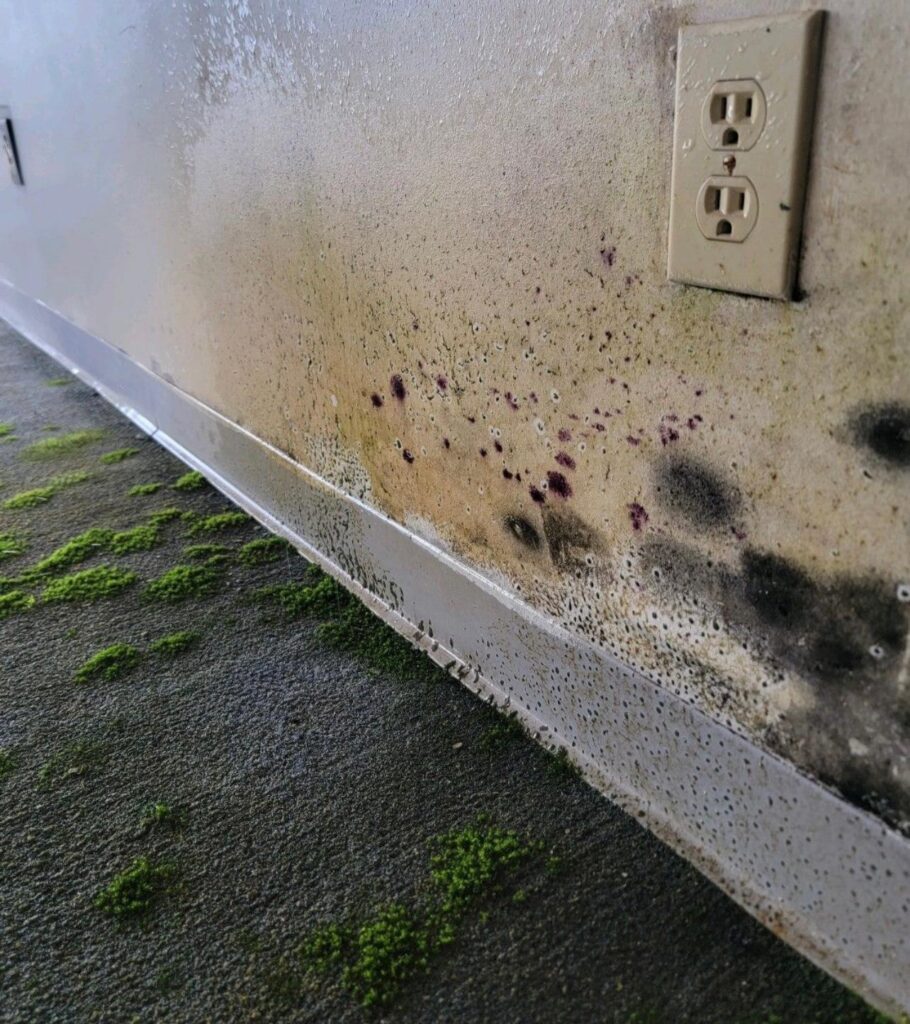Introduction
As a tenant, dealing with mold can be a frustrating and concerning issue. Not only does it pose health risks, but it can also damage your belongings and make your living space uncomfortable. But when it comes to mold removal, whose responsibility is it? Should the landlord take care of it or should the tenants bear the burden? In this article, we will delve into this contentious issue and explore the rights and responsibilities of both landlords and tenants when it comes to mold removal.
While the answer may vary depending on the location and the specific terms of the lease agreement, there are some general guidelines that can help determine who is ultimately responsible for mold removal. Understanding these guidelines can empower tenants in their negotiations with landlords and ensure a safe and healthy living environment. So, whether you are a tenant concerned about mold in your rental property or a landlord seeking clarity on your obligations, this article is a must-read for all parties involved. Let’s get started.
Understanding the dangers of mold
Mold is a type of fungi that thrives in damp and humid conditions. It reproduces by releasing tiny spores into the air, which can easily be inhaled. Exposure to mold can lead to a variety of health problems, ranging from mild allergic reactions to more serious respiratory issues. Individuals with pre-existing respiratory conditions, such as asthma, are particularly susceptible to the adverse effects of mold.
In addition to the health risks, mold can also cause damage to the structure of the property and the belongings within it. It can stain walls and ceilings, deteriorate wood and fabric, and create an unpleasant odor. Therefore, it is important to address mold issues promptly to prevent further damage and maintain a safe living environment.
Landlord responsibilities for mold removal
In most jurisdictions, landlords have a legal obligation to provide tenants with a safe and habitable living environment. This includes ensuring that the property is free from mold and other environmental hazards. Landlords are responsible for maintaining the property’s structural integrity, including addressing any moisture issues that may contribute to mold growth.
Landlords should conduct regular inspections of the property to identify and address any potential sources of moisture, such as leaky pipes or inadequate ventilation. If mold is discovered, it is the landlord’s responsibility to arrange for its removal. This may involve hiring professional mold remediation services to ensure that the mold is properly treated and does not reoccur.
Tenant responsibilities for mold prevention
While landlords have the primary responsibility for mold removal, tenants also have a role to play in preventing mold growth. Tenants should take reasonable measures to maintain a clean and dry living environment to reduce the risk of mold. This includes promptly reporting any leaks or water damage to the landlord and ensuring that the property is adequately ventilated.
Tenants should also take precautions to prevent excessive moisture buildup, such as using exhaust fans while cooking or showering and avoiding the use of humidifiers unless necessary. Regularly cleaning and maintaining the property, including removing any visible mold or mildew, can also help prevent its spread.
Legal considerations regarding mold in rental properties
The specific laws and regulations regarding mold in rental properties can vary from one jurisdiction to another. Some jurisdictions have specific mold disclosure requirements, which may require landlords to inform tenants about any known mold issues in the property. Failure to disclose mold issues can result in legal consequences for the landlord.
It is important for both landlords and tenants to familiarize themselves with the local laws and regulations regarding mold in rental properties. This can help ensure compliance with the law and provide a basis for resolving any disputes that may arise regarding mold removal responsibilities.
Steps to take if you discover mold in your rental property
If you discover mold in your rental property, it is important to take immediate action to protect your health and prevent further damage. Here are some steps you can take:
1. Document the mold: Take photos or videos of the mold growth to provide evidence of the issue.
2. Notify your landlord: Inform your landlord in writing about the mold problem and request immediate remediation.
3. Follow up in writing: If your landlord does not respond or fails to take action, send a follow-up letter reiterating your concerns and the need for mold removal.
4. Seek legal advice: If your landlord continues to neglect their responsibilities, it may be necessary to seek legal advice to protect your rights and ensure mold removal.
Communicating with your landlord about mold issues
Effective communication with your landlord is key to resolving mold issues in a rental property. When discussing the mold problem with your landlord, it is important to remain calm and professional. Clearly communicate your concerns and expectations for mold removal.
If possible, provide any evidence or documentation you have regarding the mold issue to support your case. Be prepared to negotiate and compromise, as finding a mutually agreeable solution is often the best approach. If necessary, consider involving a mediator or seeking legal advice to facilitate the communication process.
Hiring professional mold removal services
In some cases, mold removal may require the expertise of professional mold remediation services. These professionals have the knowledge, experience, and equipment to safely and effectively remove mold from the property. When hiring professional mold removal services, it is important to choose reputable and qualified contractors.
Obtain multiple quotes from different contractors to ensure you are getting a fair price. Ask for references and check online reviews to verify the contractor’s reputation. Additionally, confirm that the contractor is licensed and insured, as this will provide you with peace of mind and protection in case of any issues.
Insurance coverage for mold damage
Insurance coverage for mold damage can vary depending on the insurance policy and the circumstances surrounding the mold growth. In general, standard homeowner’s insurance policies do not cover mold damage resulting from long-term neglect or lack of maintenance.
However, some insurance policies may provide coverage for mold damage caused by sudden and accidental events, such as a burst pipe or a roof leak. It is important to review your insurance policy carefully and consult with your insurance provider to understand the extent of your coverage for mold-related issues.
Conclusion: Taking proactive steps for mold prevention and resolution
In conclusion, mold removal is a shared responsibility between landlords and tenants. While landlords have the primary responsibility for ensuring a mold-free living environment, tenants also play a role in preventing mold growth through proper maintenance and reporting of any issues to the landlord.
Understanding the dangers of mold, the legal responsibilities of both landlords and tenants, and the steps to take if mold is discovered can help both parties navigate this contentious issue. By taking proactive steps for mold prevention and resolution, tenants can ensure a safe and healthy living environment, while landlords can fulfill their obligations and maintain the value of their rental properties.





No comment yet, add your voice below!